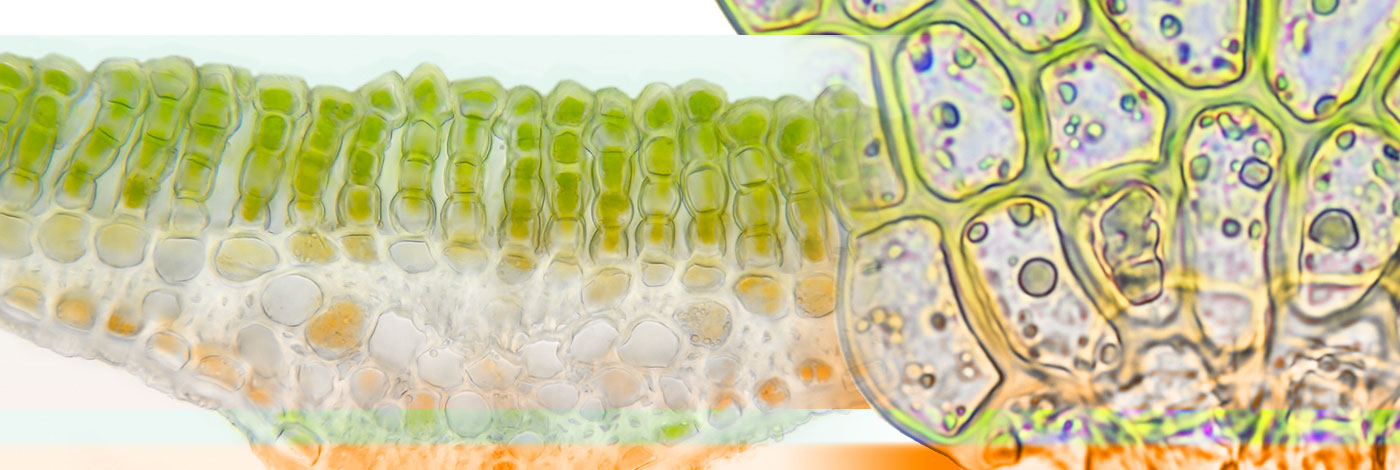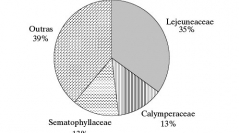

 Cryptogamie, Bryologie
27 (1) - Pages 153-163
Cryptogamie, Bryologie
27 (1) - Pages 153-163The floristic composition, richness, and growth forms of bryophyte communities were studied at the Reserva Ecológica de Gurjaú (08º10'00''-08º15'00"S; 35º02'30"-35º05'00"W), an Atlantic forest remnant in the state of Pernambuco, Brazil. The main microhabitats - soil (plane and inclined), leaves (glabrous and pubescent), rocks, dead trunks (on reduced, intermediate and advanced decomposition levels), and live trunks - were examined. The data were evaluated using multivariate statistical analysis. The corticolous bryophyte flora was the most diverse (33 of the species), followed by the epixylic flora (23). These communities are fairly similar sharing 75 of their species, whereas the terricolous community is composed of a more distinct group of species. Liverwort diversity exceed that of mosses in epiphyllous (23:1) and corticolous (2:1) communities, whereas the reverse was true in the terricolous communities (1:3). The epixylic communities did not show specificity in relation to degrees of decomposition of dead trunks, or significant specific richness differences between these levels. From the seven growth forms recognized, the mat form prevailed. Community distribution patterns and their respective growth forms were similar to those observed in other humid tropical forests, although with lower specific richness values. A progressive deforestation process resulting in the conversion of forest fragments into degraded habitats can explain this.